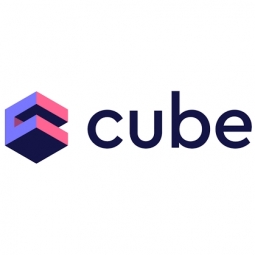Simplifying Embedded Dashboards for Financial Users: A Cyndx Case Study
- Analytics & Modeling - Predictive Analytics
- Application Infrastructure & Middleware - Data Visualization
- Buildings
- Equipment & Machinery
- Quality Assurance
- Experimentation Automation
- System Integration
- Testing & Certification
Cyndx, a company that serves some of the largest financial services companies worldwide, was looking to expand its product and develop functionality to explore data analytics that would allow its end users to dig deeper than their existing platform. They had evaluated several commercial business intelligence (BI) products in the past, but most of the solutions required a lot of custom work for frontend/design and integrating with their AI. They needed a solution that could seamlessly integrate with their existing AI-driven algorithms and data from over 12 million companies and more than 1 million acquisitions, capital raises, investments, and investors data in their database. The challenge was to find a solution that could provide predictive analytics and help its clients identify target lists in a fraction of the time of traditional workflows.
Cyndx is a SaaS company based in New York, United States, with 11-50 employees. They serve some of the largest financial services companies worldwide, helping them identify emerging companies, growth opportunities, and other investment opportunities. Cyndx uses AI-driven algorithms and data from over 12 million companies and more than 1 million acquisitions, capital raises, investments, and investors data in their database to provide predictive analytics. They recently decided to expand their product and develop functionality to explore data analytics that would allow its end users to dig deeper than their existing platform.
Cyndx discovered Cube and put together a demo within a day that looked like the Cyndx platform. On its frontend, Cyndx uses the React framework with movable/resizable components. They also use visualization components from Nivo, a data visualization library built on top of D3.js. An extended version of the Cube Developer Playground is used for creating the individual visualizations. On the backend, the Cube API instance is hosted on a Google Kubernetes Engine (GKE) cluster. Cube is making calls to Cyndx BigQuery data warehouse. For performance, BigQuery caching has been key, but they also do database clustering and partition keys. They are leveraging a custom backend which is used to store permissions and custom dashboard configurations on a per user basis. The permissions gate access to the dashboards while the dashboard configurations are retrieved on page load to give a user a personalized experience.
Related Case Studies.











